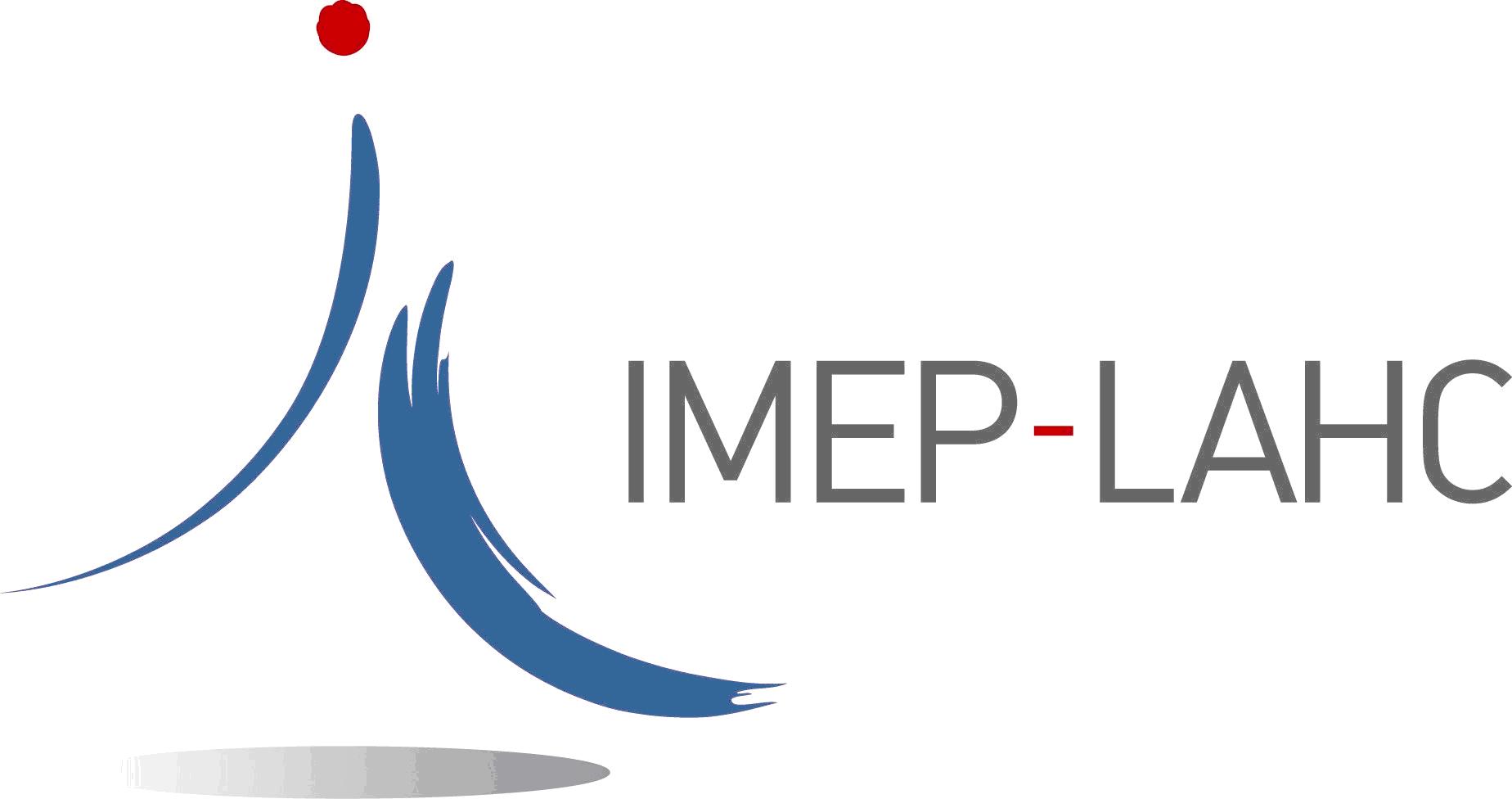Integrated photonic glucose sensor with in-situ temperature monitoring
Published : 28 October 2021
Master thesis /Master Recherche/PFE
(5 to 6 months)
Integrated photonic glucose sensor with in-situ temperature monitoring
The detection of glucose in water solutions plays an important role in many contexts. For instance, glucose sensors routinely monitor patient conditions in the management of diabetes mellitus. Furthermore, they find a wide range of applications for quality control in the food industry. Moreover, determining the glucose concentration while culturing cells allows estimating their metabolism, an important parameter of the culture [1].
Optical glucose sensors have been studied for many years and optical solutions are currently investigated for label-free sensing, continuous measurement in bio-reactors and chemical durability [2].
The IMEP-LaHC laboratory has a long experience in integrated photonics. In particular, complete fabrication facilities for optical integrated circuits on glass substrates are available, including clean room facilities [3].
The goal of the internship will be to fabricate an integrated photonic sensor for determining the glucose concentration exploring:
- Either a resonant approach via an interferometer (such as a Mach-Zehnder structure) or a ring resonator.
- Either a non-resonant approach with absorption spectroscopy.
Critical parameters, such as the refractive index of a glucose solution, often depend on the temperature. Hence, the sensor output can be strongly affected to a temperature change. There is therefore the need of monitoring the temperature, very close to the active region of the sensor. We are planning to achieve this by depositing a metallic layer, pattern it appropriately and monitor its electrical resistance by means of a 4-probe technique and an appropriate conditioning circuit.
To fulfill the objective of performing both optical and electric measurements on a fully integrated sensor, the student will have to:
- Become acquainted with the subject through a detailed bibliographic research on the working principle of the sensor.
- Study theoretically the behavior of the devices with state-of-the art software tools.
- Fabricate devices with clean room micro-fabrication processes and with the ionexchange facilities available at the IMEP-LaHC.
- Perform optical and electrical characterizations of fabricated devices
Advisor:
Davide BUCCI davide.bucci@phelma.grenoble-inp.fr +33 (0)4 56 52 95 39
[1] Tang, Y., Petropoulos, K., Kurth, F., Gao, H., Migliorelli, D., Guenat, O., & Generelli, S. (2020). Screen-printed glucose sensors modified with cellulose nanocrystals (CNCs) for cell culture monitoring. Biosensors, 10(9), 125.
[2] Djisalov, M., Knežić, T., Podunavac, I., Živojević, K., Radonic, V., Knežević, N. Ž., … & Gadjanski, I. (2021). Cultivating Multidisciplinarity: Manufacturing and Sensing Challenges in Cultured Meat Production. Biology, 10(3), 204.
[3] Allenet, T., Geoffray, F., Bucci, D., Canto, F., Moisy, P., & Broquin, J. E. (2019). Microsensing of plutonium with a glass optofluidic device. Optical Engineering, 58(6), 060502



 Contact us
Contact us How to find us
How to find us










